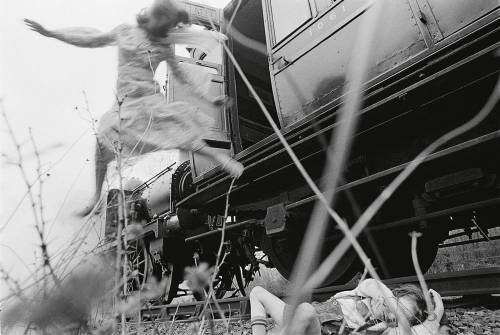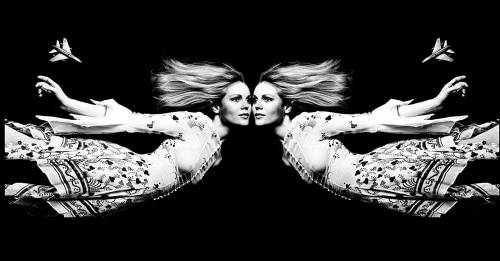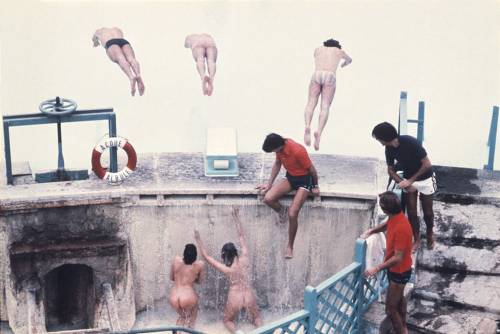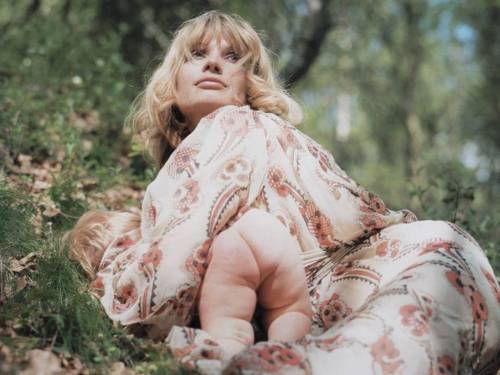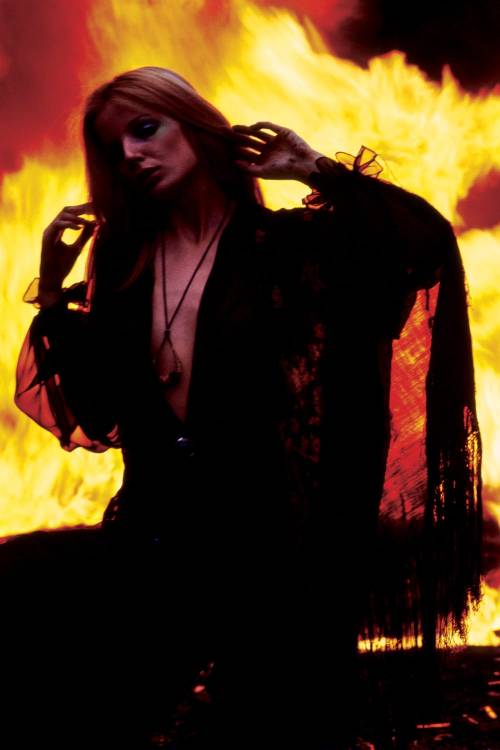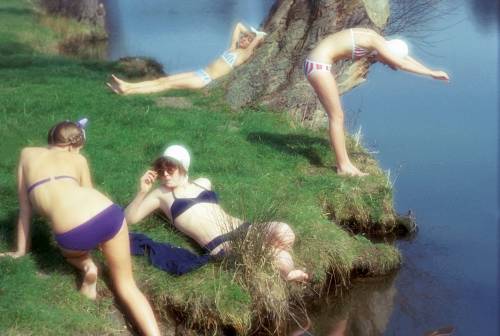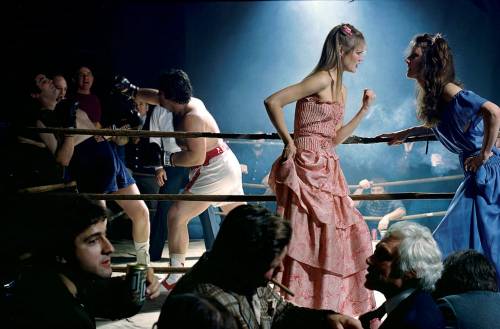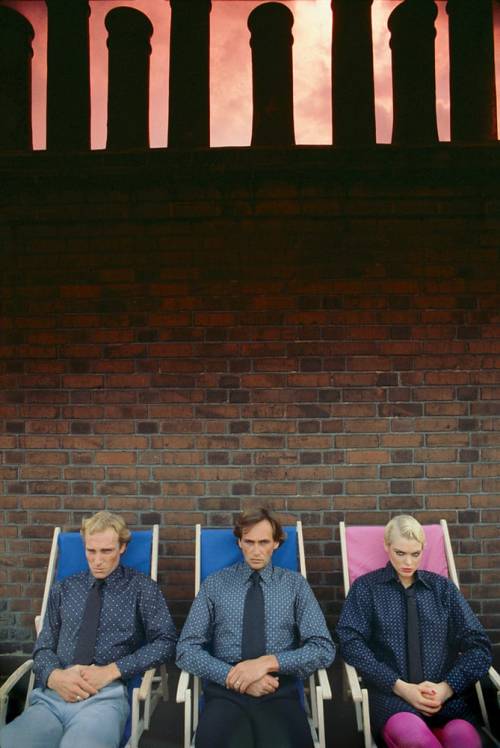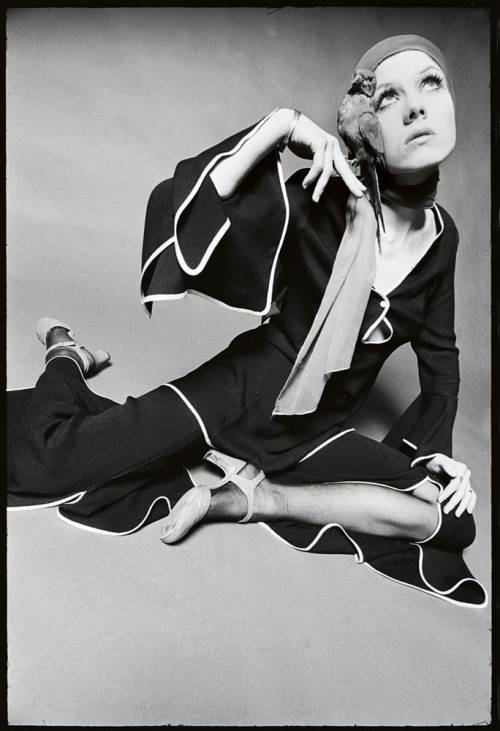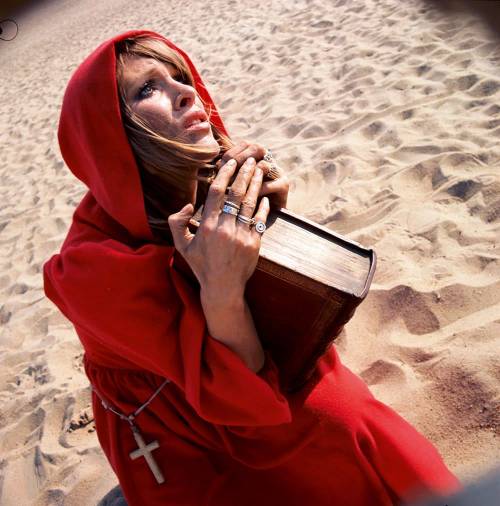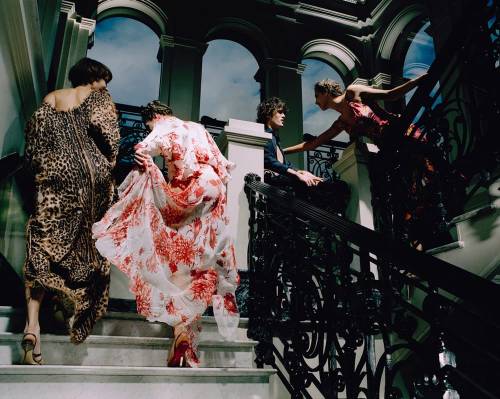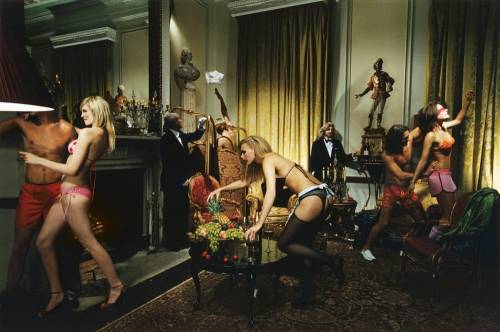Martin Barnes Head of Photograph at the V&A on Jim Lee

“I first came across Jim Lee’s work when we were doing the OSSIE CLARK exhibition here. The students at the RCA (Royal College of Art) were printing up his work for an exhibition at The Firehouse. We really enjoyed the work, the theatrical quality of it and the high production values, with backgrounds that looked like film sets. Then we acquired some of his work for the V&A collection (fifteen photographs). We have really important fashion photography – Cecil Beaton & David Bailey. And Jim was a sort of missing link between the work of the 60’s and 70’s. Jim’s strength is in using colour and movement in a very powerful way. There’s always a supercharging narrative in his work – it’s highly theatrical and very gripping”
Cross Currents is a recurring series that shares the insightful perspectives of influential individuals on fine art photography.
The series creates a dialogue that emphasizes and expresses the power of art.
We use the concept of “Cross Currents” to illustrate how a significant master in one art or practice can influence a different expression form. For the series, Holden Luntz Gallery connects with gifted individuals outside the discipline of photography and asks them to share their thoughts on a photographer or a body of work and how it has impacted them.



